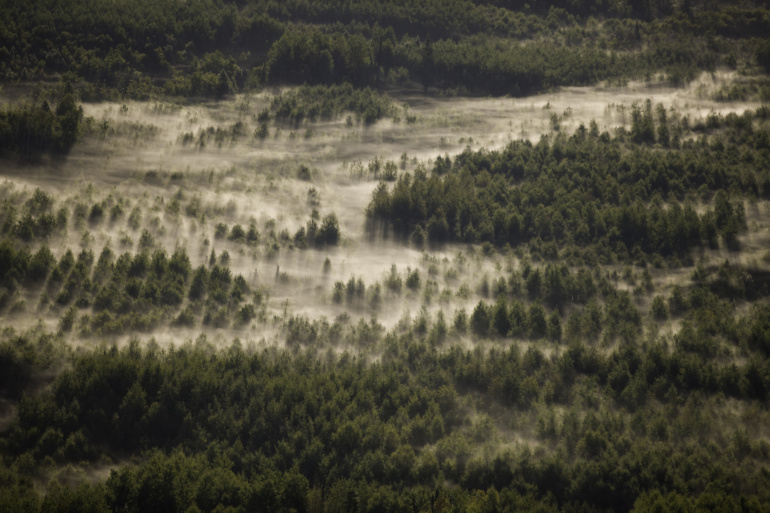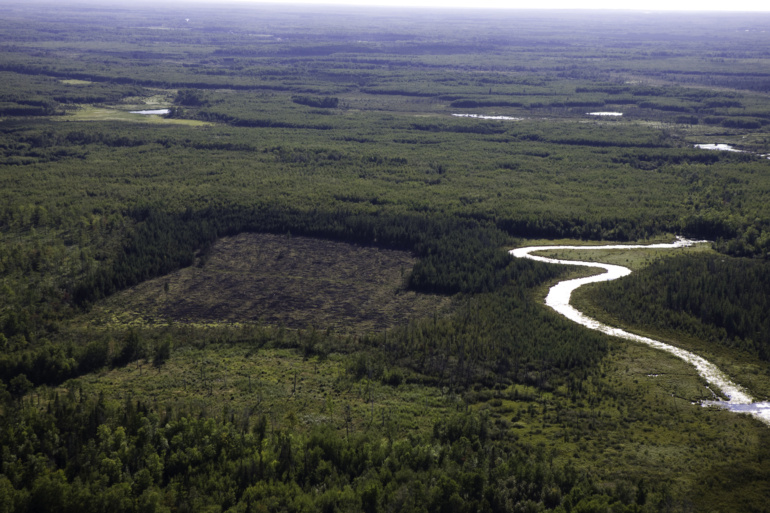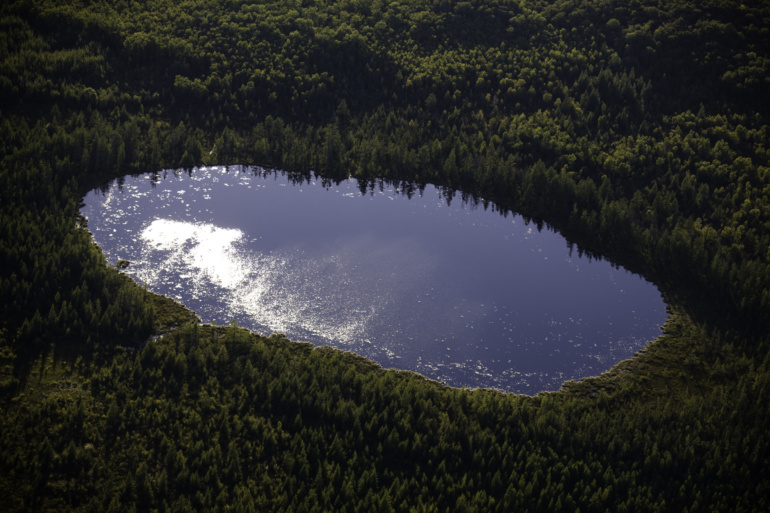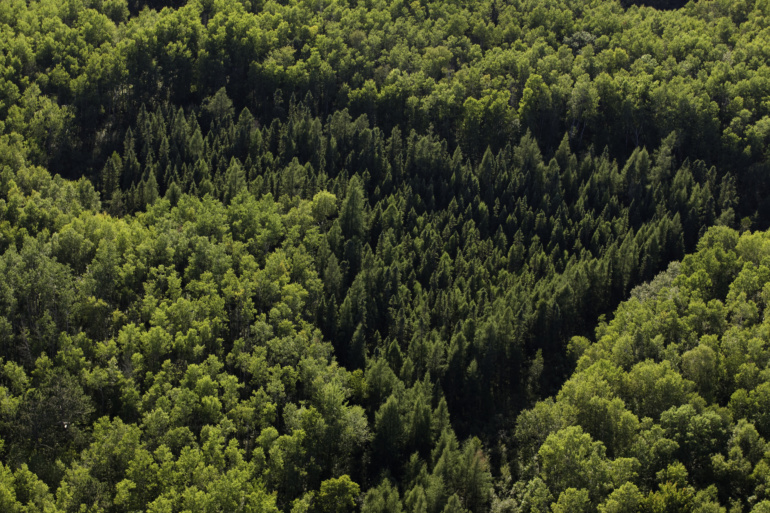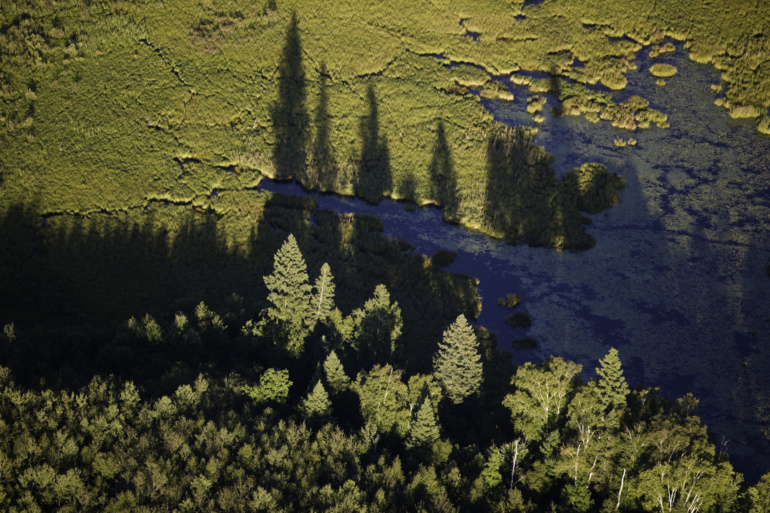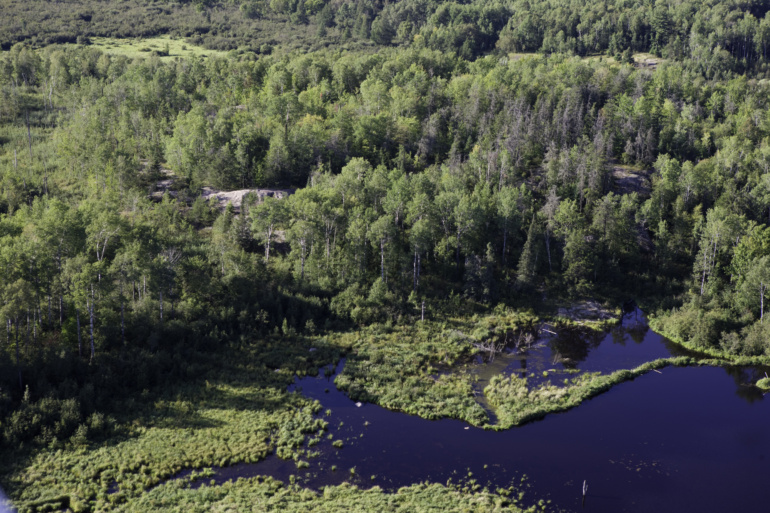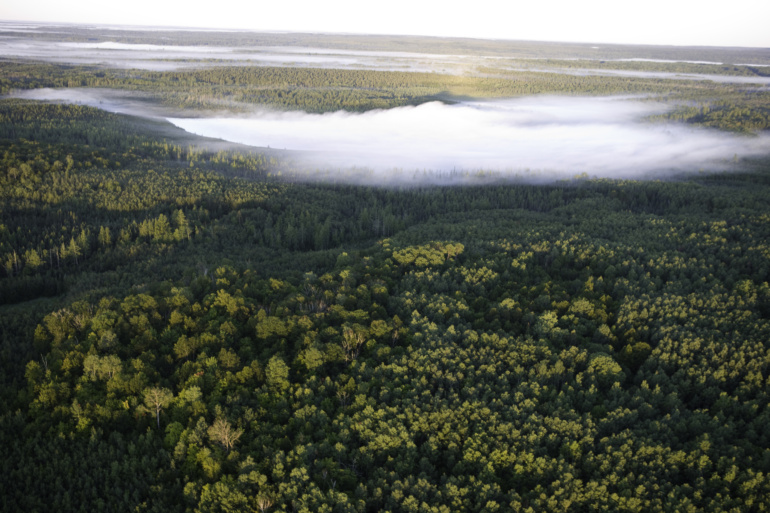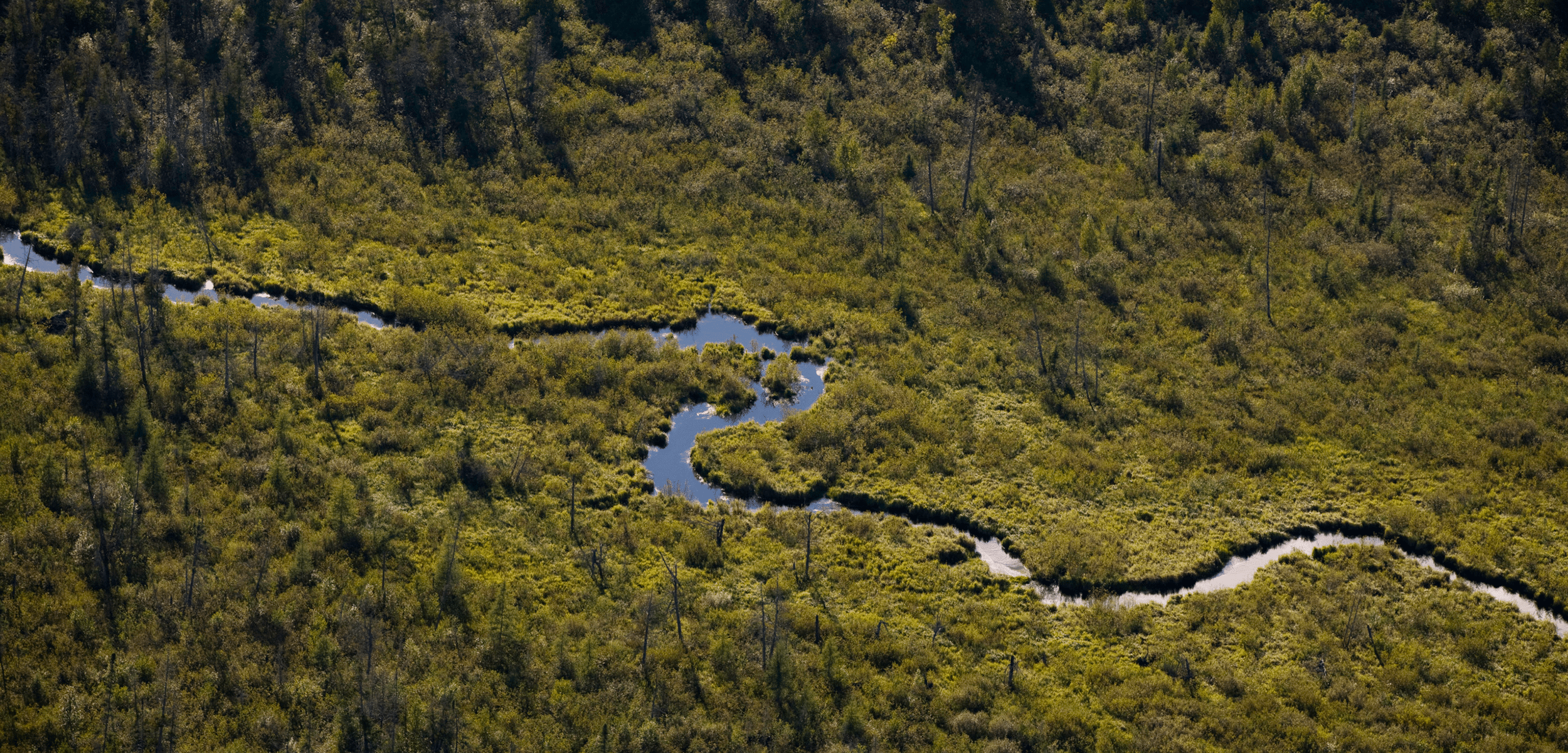UPM Blandin Forestry manages 187,876 acres of native, mixed hardwood forests in Minnesota that supply timber to the UPM Blandin paper mill. The company is committed to sustainable management of these acres and the resulting products. Blandin’s SmartForestrySM practices protect the diversity of natural forest communities, align management with ecological regimes, and reduce harvest impacts. All UPM-Blandin Forestland is Sustainable Forestry Initiative (SFI®) certified and all Blandin products are certified by the Forest Stewardship Council (FSC®) or Programme for the Endorsement of Forest Certification (PEFC™).
In 2010, working with non-profit partners and the state of Minnesota, Blandin signed a conservation easement that grants public access in perpetuity, guarantees the property will always remain forest, and that it will be managed under sustainable practices. This sustainable practice improves carbon dioxide sequestration by the forest which, in turn, is credited under the methodology.
Throughout the span of the carbon offset project, the property will remain a working forest that produces sustainable pulpwood, saw logs, and other high-value forest products for the regional forest industry. The forest supplies 17 facilities in Minnesota, supporting more than 3,200 working families and hundreds more in related businesses.
Supporting Blandin’s conservation efforts provides important co-benefits for the local communities. This forest provides water quality protection, wildlife habitat, and recreation opportunities for the public. The forest protects a diverse suite of wildlife, including 30 miles of state designated trout streams, 47 species of birds, and over 30 species of mammals including black bear, grey wolf, and moose.
PROJECT TYPE: Improved forest management
ONLINE DATE: 2021
LOCATION: Grand Rapids, Minnesota
VERIFICATION: American Carbon Registry
RELATED SUSTAINABLE DEVELOPMENT GOALS (SDGS): This project contributes directly to the achievement of the Sustainable Development Goals (SDGs) set by the United Nations:
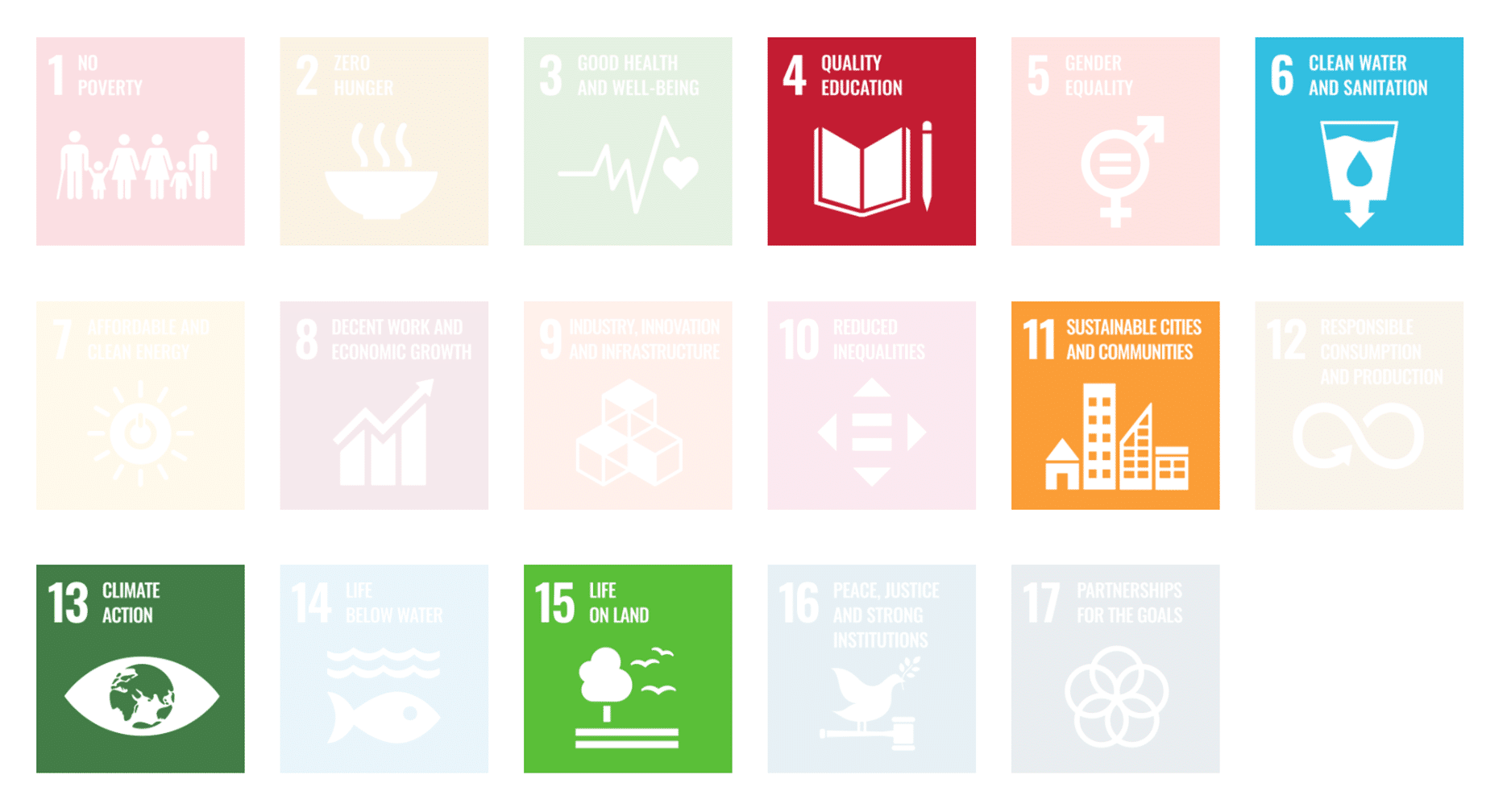
The United Nations’ Sustainable Development Goals (SDGs) are an urgent call for action by countries in global partnership to end poverty, protect the planet, and ensure that by 2030 all people enjoy peace and prosperity.
Co-benefits
The forest protects a diverse suite of wildlife, including 30 miles of state designated trout streams, 47 species of birds, and over 30 species of mammals including black bear, grey wolf, and moose.
The forest supplies 17 facilities in Minnesota, supporting more than 3,200 working families and hundreds more in related businesses.
The forest provides water quality protection, wildlife habitat, and recreation opportunities for the public. Roughly 60,000 acres of wetlands, 33 miles of lake and pond shoreline, and 151 miles of streams are protected by this project.
Photos courtesy of Richard Hamilton Smith
